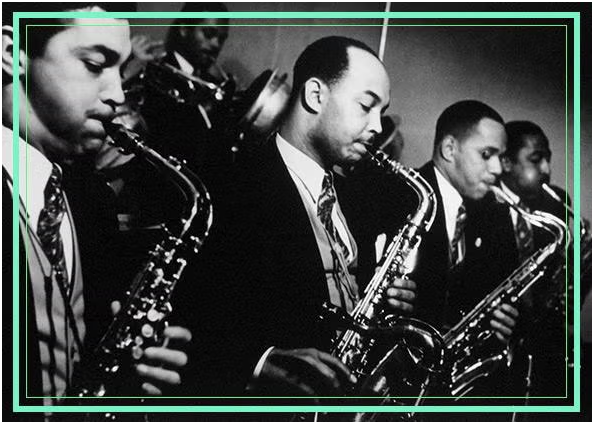
The following is an exploration of the evolution of the word COOL and how its meaning has shifted and evolved over the years.
We must also touch on a modern irony: in today's world, it can sometimes be considered "uncool" to openly claim to be cool. This suggests a kind of cultural shift where embracing one's authenticity—especially in contrast to popular ideals of coolness—has become its form of status. The idea that cool can be ephemeral and elusive further complicates its meaning; it is something that can't be claimed or defined permanently by anyone, making it a constantly shifting ideal.
To learn more about the jazz master who coined COOL, read The Story of Lester Young. By Luc Dellannoy. Translated by Elena B. Odio. PhD. University of Arkansas Press 1993.
More on the evolution of cool from PBS's Ken Burns Documentary: https://www.pbs.org/kenburns/jazz/
It is interesting how deeply language and culture intertwine, with cool being a perfect example of a word that has evolved in fascinating ways, shaped by social trends and shifting values.
Getty Images